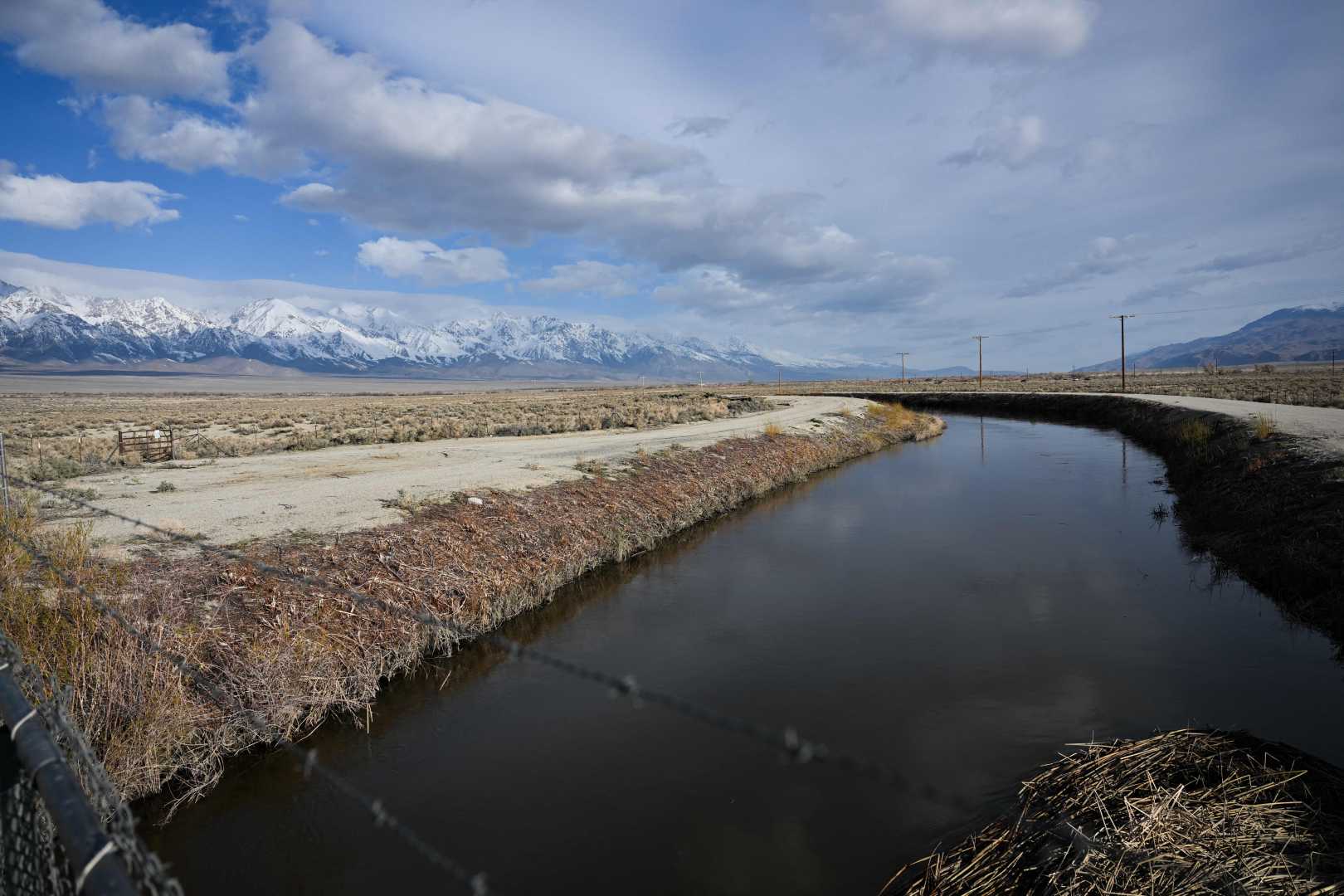News
Newsom Signs Executive Order to Capture Stormwater Amid Environmental Concerns

SACRAMENTO, Calif. — Governor Gavin Newsom signed an executive order Friday aimed at maximizing the capture and storage of water from incoming winter storms, a move intended to bolster California’s water supply amid ongoing drought conditions. The order, issued as the first of three atmospheric rivers approaches the state, directs the Department of Water Resources to divert excess stormwater into reservoirs and groundwater basins.
“It is more important than ever that we maximize every opportunity to recharge our groundwater supplies,” Newsom said. “As we anticipate rain and snow in Northern California, we are also preparing to use every last drop to boost our water supply for communities and farms throughout the state.”
Environmental and fishing groups, however, criticized the order, comparing it to federal directives issued by former President Donald Trump. Barry Nelson, a policy representative for the Golden State Salmon Assn., said the order “reads as almost a carbon copy” of Trump’s 2025 directive to maximize water deliveries in California. “We call on the governor to stand up to protect California’s environment, not to assist in federal attacks,” Nelson added.
The order allows state agencies to identify and suspend regulatory barriers that could hinder water diversion efforts. State officials argue the measure will help replenish groundwater supplies, which have been depleted by overpumping in many areas. Cathy Green, president of the Assn. of California Water Agencies, praised the order, stating it “empowers California water managers to blunt the destructive impact of flooding while quickly diverting excess water to recharge groundwater supplies.”
Conservation advocates, however, fear the order could weaken protections for vulnerable fish species and the Sacramento-San Joaquin River Delta ecosystem. Jon Rosenfield, science director for San Francisco Baykeeper, accused Newsom of capitulating to Trump’s policies, saying the order “waives state laws that require protection of the Bay’s clean water and fish.”
California’s two main water delivery systems, the State Water Project and the Central Valley Project, supply water to farmlands and approximately 30 million people. Pumping from these systems has contributed to the decline of several fish species, including steelhead trout, Chinook salmon, and Delta smelt. Rosenfield noted that the state’s existing rules already allow for ample water diversion during storms, making Newsom’s order unnecessary.
Westlands Water District, the largest agricultural water agency in the Central Valley, supported the order, calling it an “important step to maximize our water supply.” Elizabeth Jonasson, a spokesperson for Westlands, said the flexibility provided by the order helps with overall water management in California.
The debate over Newsom’s order highlights ongoing tensions between the governor’s administration and environmental groups. Critics argue the order could exacerbate the ecological decline of the Delta, while supporters say it is a necessary step to address California’s water challenges in the face of climate change.
Newsom’s administration has invested more than $9 billion in water supply projects over the past three years, including efforts to expand groundwater recharge. The governor emphasized the need to prepare for a projected 10% reduction in the state’s water supply by 2040 due to hotter and drier conditions.
As the atmospheric river approaches, state officials are urging residents to prepare for potential flooding and stay informed about emergency resources. The National Weather Service forecasts prolonged periods of rain and mountain snow, with the potential for flash flooding in some areas.












